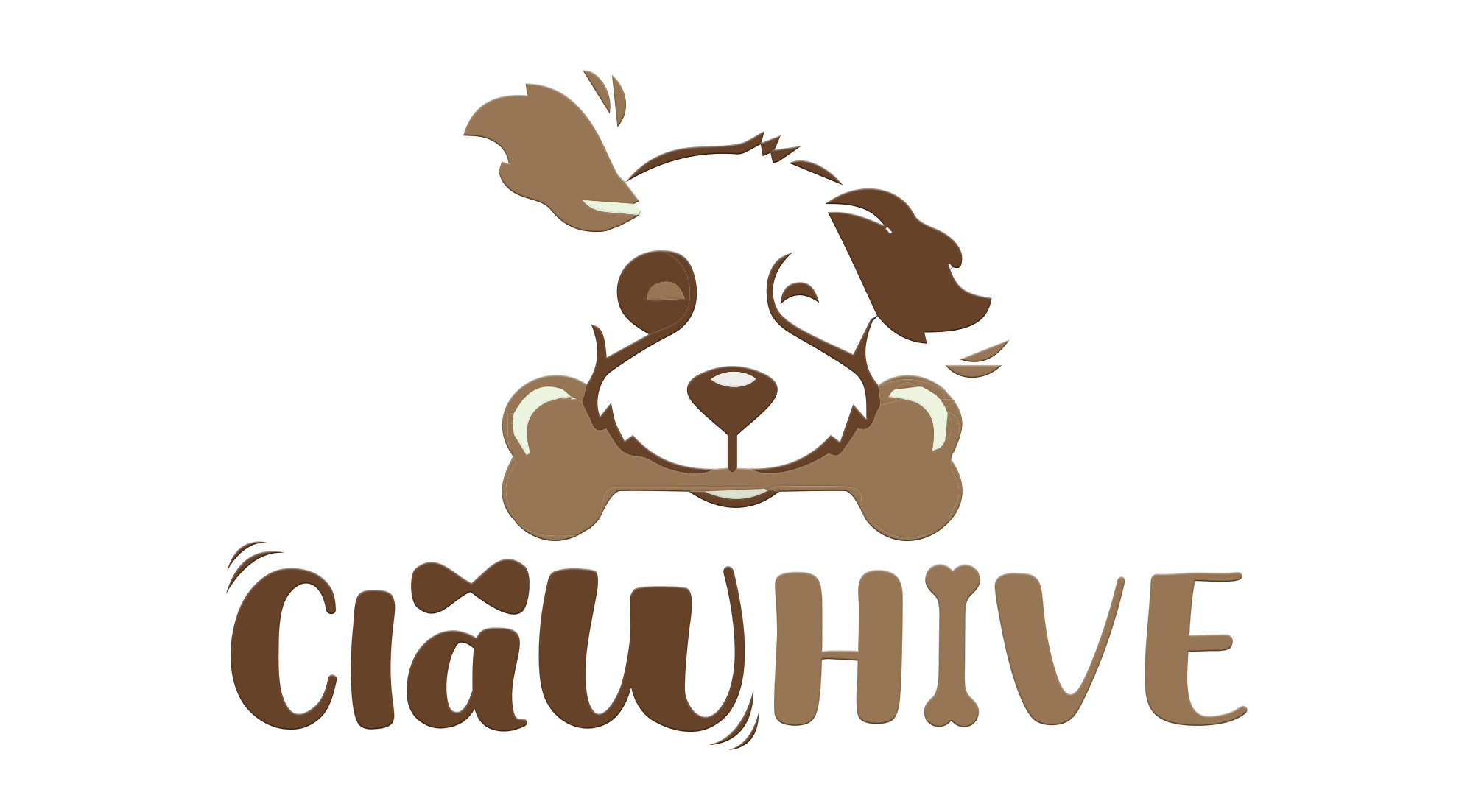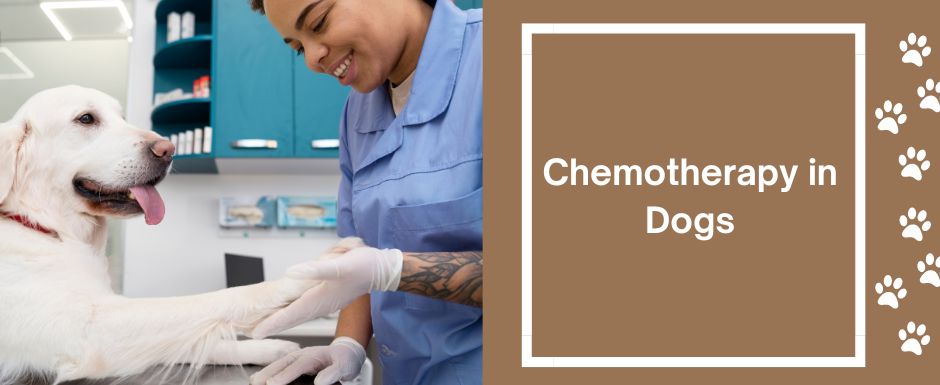Does your giant Schnauzer seem a little off lately? Or maybe your Alaskan Malamute isn’t bouncing around with the same gusto as usual? If you have a big fluffy dog breed—think Samoyeds, Great Pyrenees, or Chow Chows and you’ve noticed a change in their health, a trip to the vet might reveal a diagnosis you weren’t expecting: Chemotherapy in Dogs.
It can be a scary word for any pet owner, but take a deep breath! Cancer treatments have come a long way, and for many big fluffy dogs, chemotherapy can be a powerful tool in their fight.
Here at Claw Hive, we understand the special bond you share with your giant furball. So, let’s shed some light on what chemotherapy in dogs entails for our larger-than-life canine companions.
Why Chemotherapy in Dogs?
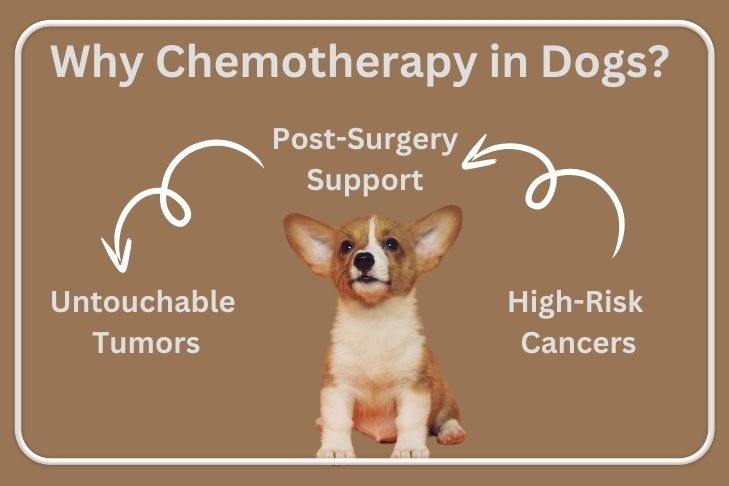
First things first, why might a vet recommend chemotherapy for your chunky dog? There are a few reasons:
- Untouchable Tumors: Sometimes, a tumor’s location makes surgery impossible. Chemotherapy can shrink the tumor before surgery or eliminate microscopic cancer cells left behind.
- High-Risk Cancers: Certain cancers, like lymphoma or mast cell tumors, have a high chance of spreading. Chemo helps fight cancer cells throughout the body, not just the main tumor.
- Post-Surgery Support: After surgery to remove a tumor, chemo can be used to prevent cancer from recurring.
Chemo for Big Floofs: What to Expect?
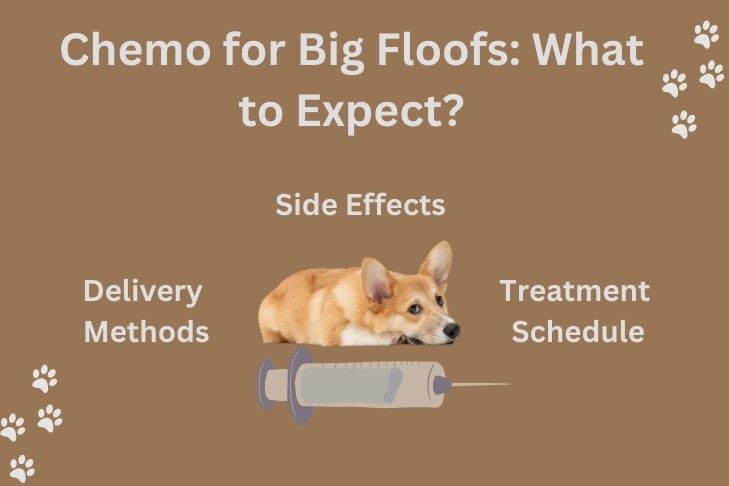
Unlike humans, chemotherapy in dogs often uses much lower drug doses. This minimizes the severity of side effects, making it a more manageable treatment for your large, fluffy friend.
Here’s a breakdown of what chemo for your big dog might look like:
- Treatment Schedule: Usually, chemo is given in consistent cycles of treatment, followed by a rest period. This cycle can last for weeks or months, depending on the specific cancer and your dog’s response.
- Delivery Methods: The most common way to administer chemo is through an IV (intravenous) injection, typically at the vet clinic. In some cases, oral medication or injections directly into a tumor or body cavity might be used.
- Side Effects: While lower doses minimize side effects, your dog might experience some discomfort. Nausea, vomiting, and diarrhea are common, but your vet can prescribe medication to manage them. Chemo can also affect a dog’s white blood cell count, making them more susceptible to infections. Regular blood tests will help monitor this.
Big Dog, Big Heart: Making Chemotherapy in Dogs Easier
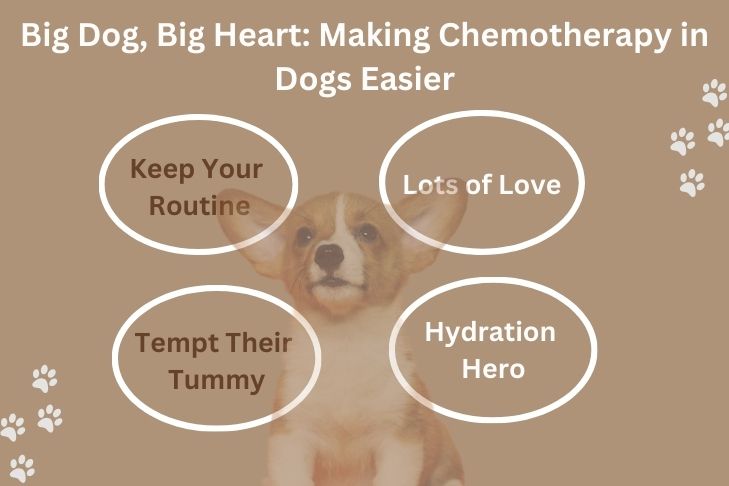
For instance, you find dark itchy spots on dogs skin, maybe it is due to some cancerous cells in the body. In that case, chemotherapy is a big decision, and it’s natural to worry about your giant, fluffy dog’s comfort. Here are some things you can do to make it easier for your doggo:
- Keep Your Routine: Dogs thrive on routine, so stick to their regular walks, playtime, and feeding schedule as much as possible.
- Cozy Comfort: Provide a soft, warm place for your dog to rest after treatment.
- Tempt Their Tummy: Some dogs lose their appetite during chemo. Offer bland, easily digestible food, or try enticing them with a sprinkle of parmesan cheese or warm broth. Your vet might also recommend appetite stimulants.
- Hydration Hero: Chemo in dogs can cause dehydration. Make sure your dog has fresh, clean water readily available.
- Lots of Love: This is the most crucial tip! Extra cuddles and gentle affection will go a long way in helping your dog feel loved and secure during treatment.
Beyond Chemotherapy in Dogs: A Multimodal Approach
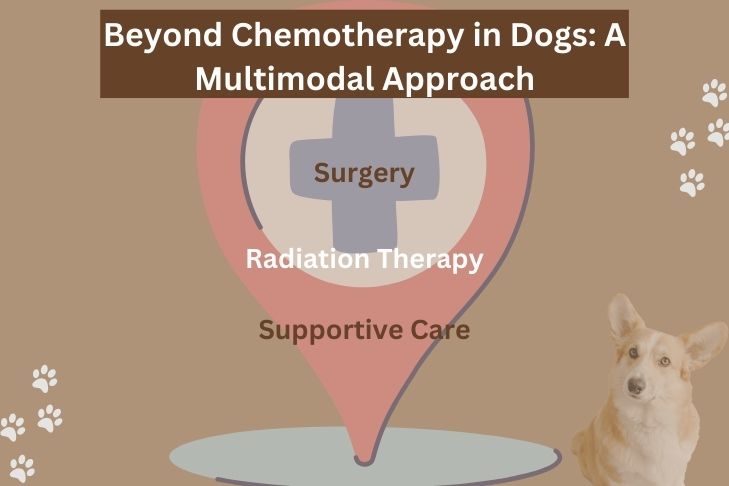
While chemo is a powerful tool, it’s often just one part of your dog’s cancer treatment plan. Your vet might also recommend:
- Surgery: If the tumor is operable, removing it can be a crucial step in treatment.
- Radiation Therapy: Targeted radiation can be used to attack specific cancer cells.
- Supportive Care: Pain management, nutritional support, and other medications can help improve your dog’s quality of life during treatment.
Hope for Your Big, Beautiful Friend
Chemotherapy in dogs doesn’t have to be a death sentence for your large, fluffy dog. It can be a very helpful tool in their fight against cancer, usually increasing their life and improving their quality as well.
Remember, every dog is an individual, and the best course of treatment will depend on their specific situation. Working closely with your veterinarian, you can navigate this journey together, giving your big, beautiful friend the best chance at a healthy and happy future.

